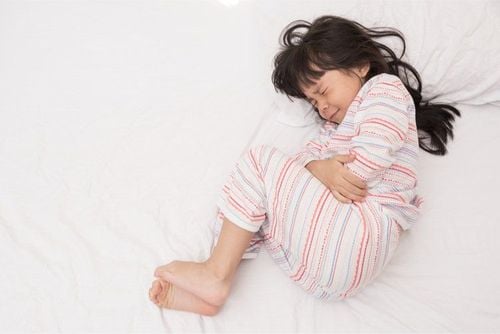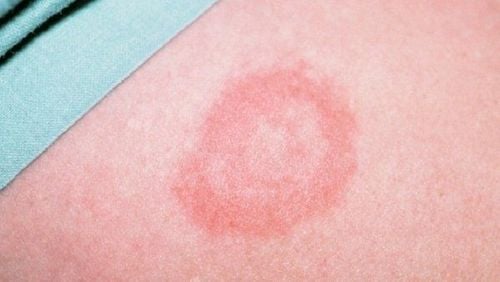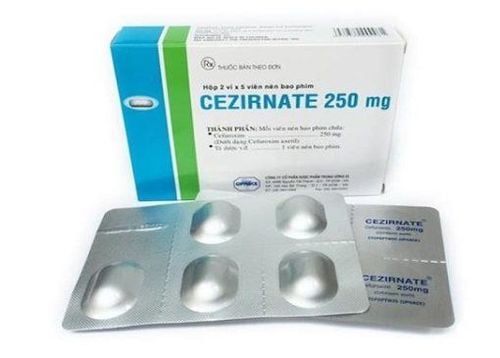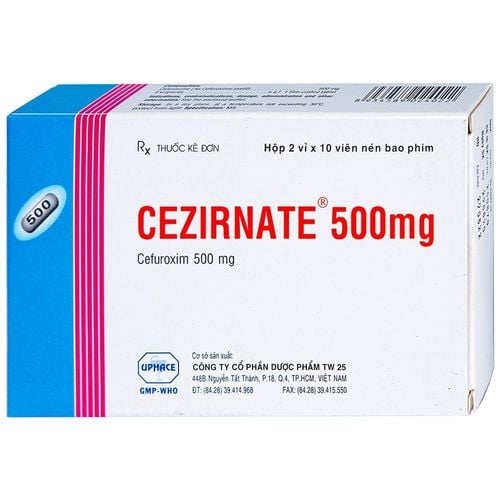This is an automatically translated article.
Ticks are insects that live on the skin and feathers of many birds and animals. They can grow vigorously and nest indoors. When in contact with human skin, tick bites will cause allergic reactions on the skin. So when children are bitten by ticks, how should they be handled?1. What to do if a child is bitten by a dog tick?
If you find ticks that have just attached to a young person, there is no need to panic. Ticks can only transmit germs after attaching to the skin and feeding on blood. Even they have to be attached to the host's body for at least 36 hours to be worrisome. If ticks bite your baby, gently pick them up with tweezers to remove them early. Note, clamp firmly as close to the animal's mouth as possible, then pull slowly away from the baby's skin. Try not to squeeze the animal's body to prevent its blood from getting into the baby's blood. Do not twist or tug the tweezers when picking, because if you cut their body, it will leave part of the tick on the baby's skin. Once you've removed the tick, wash the bitten skin and your hands with soap and water, then apply an antiseptic lotion. If there are signs of infection - such as redness, oozing, warmth to the touch, etc., take your child to the doctor.
Do not apply word of mouth advice, like applying kerosene, nail polish or hot matches... to the bite. Such home remedies can cause irritation, causing the tick to pump more fluid into your child's bloodstream, which in turn increases the risk of infection.
The Centers for Disease Control and Prevention (CDC) does not recommend keeping the animal for testing. Even if the tick that bit your child tests positive for plague, it doesn't necessarily mean your child has been infected. Of course, a negative result can give you peace of mind. If the child does have an infection, it is possible that symptoms will appear before the results of an animal test. However, you can examine the appearance of the tick to determine if this species carries Lyme disease.
Make sure to check your child's entire body for other ticks that are left behind. Take a close look at the places ticks like to cling such as:
Baby's scalp Inside and around the ears Armpits Behind the knees (leave the legs) Between the legs Navel Around the waist Between the fingers and toes.
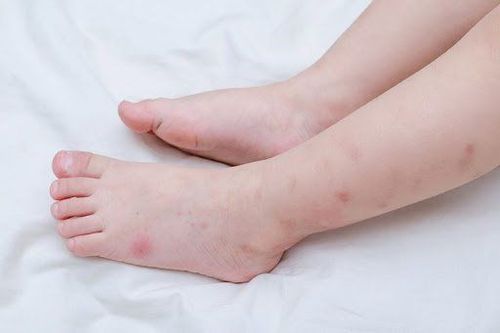
Một số vị trí bọ ve thường cắn trẻ nhỏ
2. In case of needing to use antibiotics, the child is bitten by a tick
Many parents are so worried about Lyme disease that they want their children to take antibiotics early as a precaution. But the reality is that the risk of infection is very small, and the overuse of antibiotics poses its own risks. To limit the growing number of drug-resistant bacteria, most experts recommend a wait-and-see approach.
Your doctor may prescribe antibiotics - usually a single dose of doxycycline, within 72 hours of your child's tick bite to reduce the risk of Lyme disease if:
You live in an area where the disease is common. Lyme. The child has been bitten by a tick for at least 36 hours. The type of tick that bites a child has been confirmed to carry Lyme disease. Note: Doxycycline can cause permanent tooth staining in children under 8 years of age, but a single dose or a short course is unlikely to cause problems.
3. Prevention of tick bites in children
Limit your child's play in areas with dense trees, grass and decaying leaves. When sightseeing or camping, go on trails rather than through wooded areas.
If you are going to an area with a lot of ticks, have your child wear long pants and a long-sleeve shirt, tucking the bottom of the pants into the socks. Clothing made of slippery materials (such as windbreakers) makes it harder for ticks to get on than textiles. Light-colored clothing will also make it easier to spot ticks.
To repel ticks and mosquitoes, use a CDC-recommended insect repellent. Note:
Tick repellents containing permethrin are used to spray on clothes and shoes before putting them on, but not on skin. Do not use insect repellent chemicals on babies under 2 months. Products containing lemon eucalyptus oil or para-menthane-3,8-diol should not be used by children under 3 years of age. Also do not use this product on open wounds and around the eyes and mouth. Do not put the medicine on the child's hands to avoid putting it in the mouth. Do not spray insect repellent directly on your child's face. Instead, put the medicine on your hand first and then apply it to the young person. Then wash your hands thoroughly. Tick bites do not cause immediate itching or pain, so your child may not know they have been bitten by a tick. So check your baby's skin carefully from time to time.
When the child is back indoors, wash off the repellent from the skin in the shower. This will also make it easier for you to check on the baby's body and get rid of ticks on the baby's body.

Trẻ cần được rửa sạch thuốc chống côn trùng trên da dưới vòi hoa sen
Don't forget to check, shake and dry clothes and backpacks to remove ticks. Using hot water to wash clothes can also kill ticks.
If you have pets, check for ticks - especially around the head and neck, after they are out in the yard or in the woods. Pets can pass ticks to the rest of the household. During the spring and summer months, you can ask your veterinarian about anti-mite products for your pet dog.
Children need to provide enough elemental zinc/day for them to eat well, reach the correct height and weight and exceed the standard. Zinc plays a role in affecting most biological processes taking place in the body, especially the breakdown of nucleic acids, proteins... Organs in the body when zinc deficiency can lead to a There are a number of diseases such as neurological disorders, irritability, etc. Therefore, parents need to learn about the role of zinc and guide them to appropriate zinc supplements for their children.
In addition to zinc, parents also need to supplement their children with other important vitamins and minerals such as lysine, chromium, B vitamins,... errands.
Please regularly visit Vinmec.com website and update useful information to take care of your baby and family.
Reference source: babycenter.com





